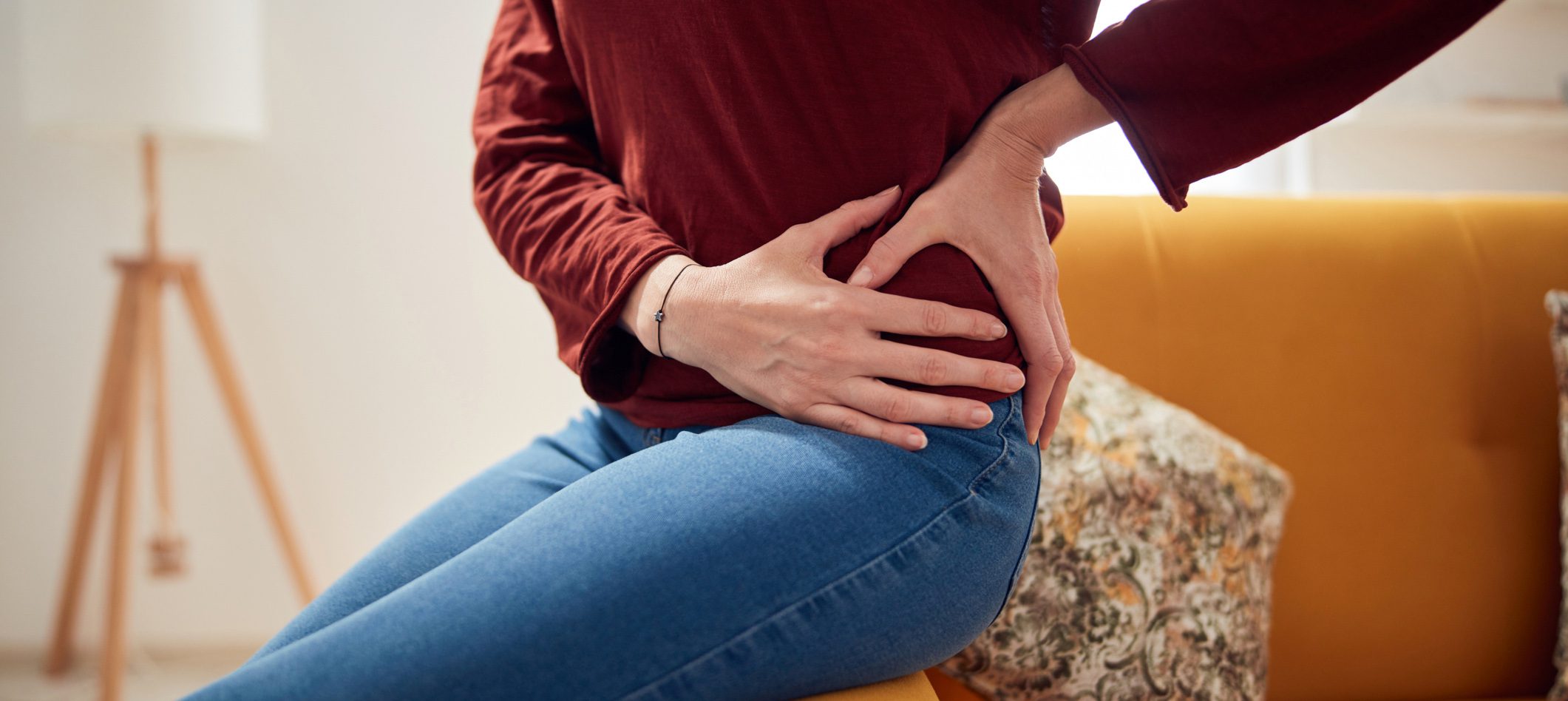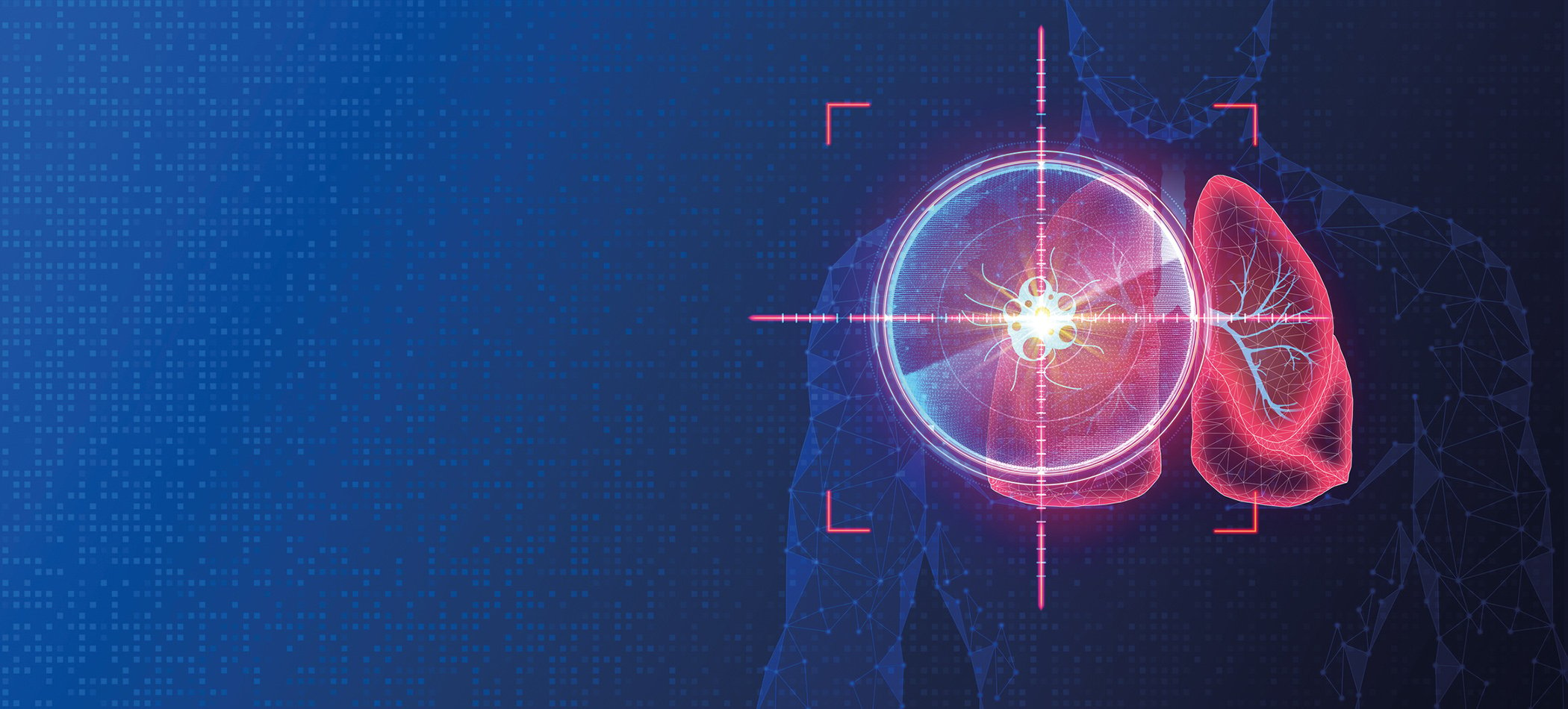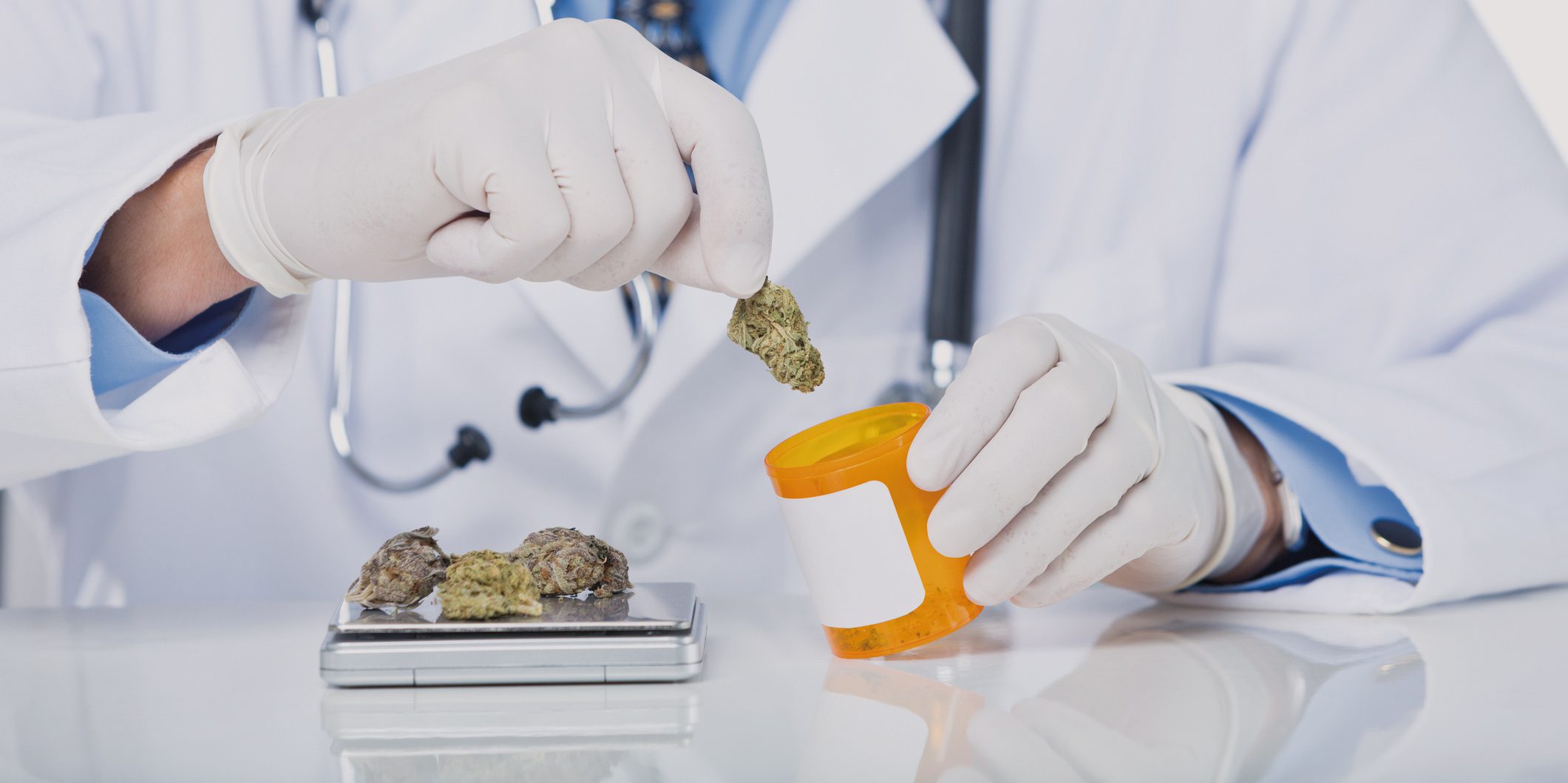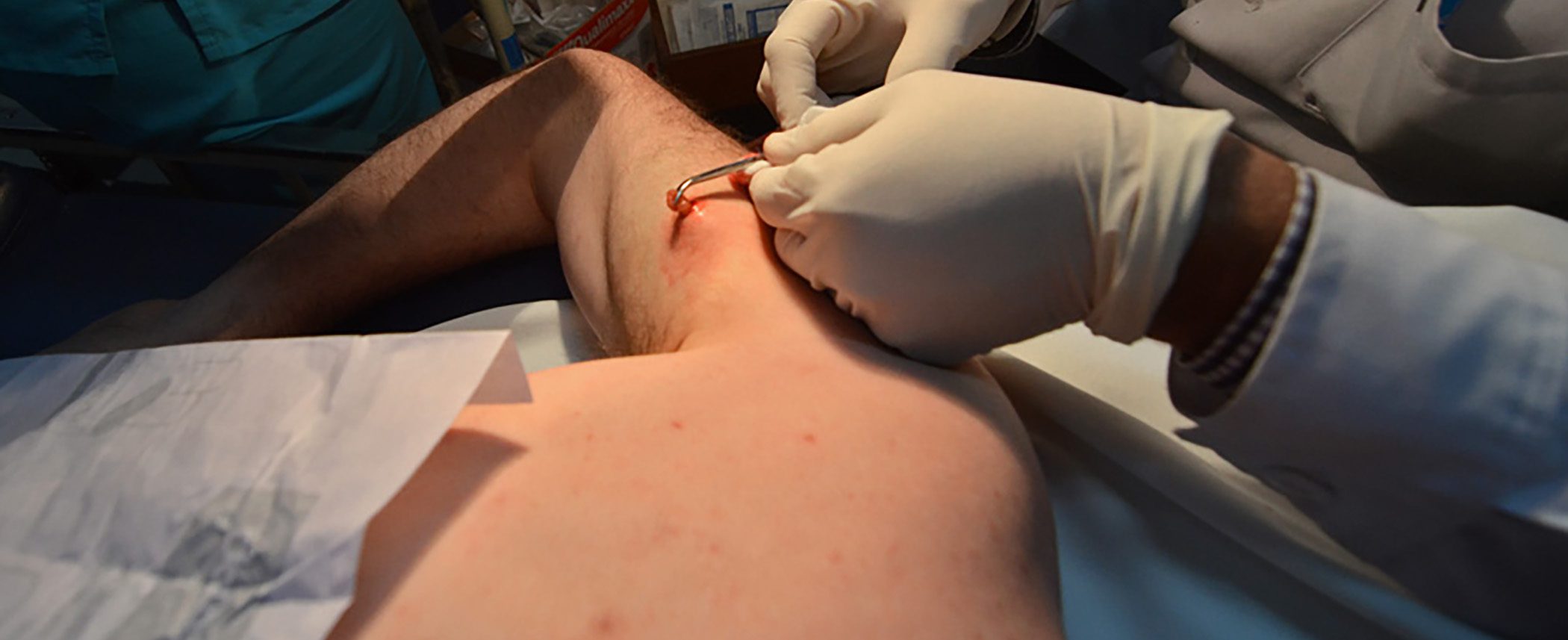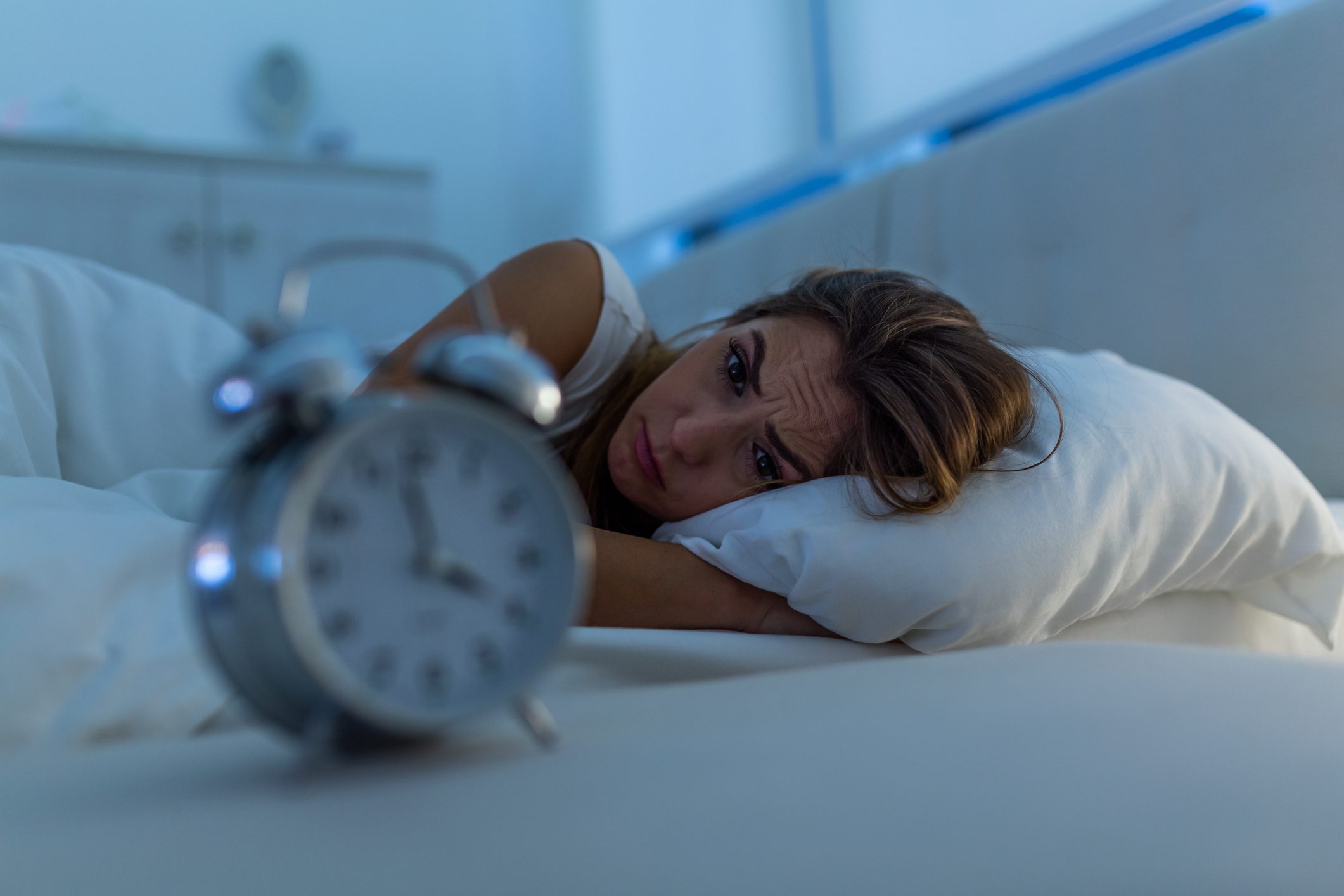Women suffer from depressive disorders about twice as often as men. This gender difference is probably predominantly psychosocial. Female sex hormones, especially 17-β-estradiol, tend to have a stabilizing effect psychologically. However, the drop in estrogen before menstruation, after childbirth, and before menopause may play a role in triggering depression. Both psychosocial and hormonal influencing factors must therefore be taken into account in diagnosis and therapy.
Depressive disorders are about twice as common in women as in men, ranging from the milder depressive states known as dysthymias to the severe unipolar affective disorders, but not bipolar disorders (Table 1) [1, 2].

Why is depression more common in women?
Partly only feigned frequency differences
On the one hand, these are probably merely feigned differences. For example, various studies show that women are more aware of their complaints themselves, more willing to report them and, above all, seek help more quickly than men. There are also indications of a gender bias in diagnosis: with identical descriptions of symptoms, depression is obviously diagnosed more quickly in women than in men. It is possible that in men, depression is also partially “masked” by alcohol disorders (reviewed at [1]).
Predominantly real frequency differences
However, even after excluding the aforementioned artifacts, substantial true sex differences in incidence and prevalence still remain (reviewed at [1]). Thus, the large epidemiological studies with reliable methodology, using standardized questionnaires, standardized diagnostic systems, and trained interviewers, and based on representative population surveys, also show results in the same direction. Lifetime prevalence in women is about twice that in men, and this difference appears to exist in a wide variety of cultures, as shown most recently by the World Mental Health Surveys conducted worldwide in 15 countries on different continents (Table 1) [2].
The causes of these true frequency differences are probably mainly psychosocial [2]. As the Mental Health Surveys mentioned above suggest, the difference has much to do with differences in gender roles. Thus, frequency differences decreased in countries where traditional gender roles dissolved and women’s status improved in terms of occupation, education, birth control, and age at marriage [2].
As for the endocrinological factors influencing depression, estrogens seem to be more psychotropic and mood-stabilizing, and especially 17-β estradiol [3, 4]. It is therefore surprising that depression is more common especially in the fertile period of a woman’s life, when she should actually enjoy protection from her estrogens. However, it may be the recurrent drop in estradiol during the female menstrual cycle, postpartum and perimenopausal, that has a destabilizing effect in vulnerable women (review at [3]).
Example menopause
Particularly in perimenopause, some women suffer from a deterioration of their psychological state with increased mood lability, irritability, nervousness, sleep disturbances and depressive mood. The incidence of major, morbid depression also increases during perimenopause – and in correlation with hormonal fluctuations, strongly suggesting biological contributors to this increase.
In postmenopausal women, the prevalence of depression seems to remain stable or even decrease again (review at [3]).
Therapy of depression in menopause
Intervention studies with estrogens in perimenopausal depression showed good therapeutic efficacy (review at [3]). First, a large meta-analysis showed that estrogens are helpful for mild depressive symptoms, and this is especially true in perimenopause, less so in postmenopause. Recent studies also show efficacy of estrogen administration for more severe perimenopausal depression that meets DSM criteria.
Thus, especially in the case of first onset of depressive disorders in perimenopause, estrogen substitution could be useful, and in particular in the form of 17-β-estradiol. However, there is no approval for this indication yet.
However, if there are additional indications for estrogen substitution (e.g., hot flashes or increased risk of osteoporosis), such a therapeutic trial would certainly be justified in collaboration with a gynecologist. The prerequisite is, of course, that there are no risk factors (clarification together with gynecologist) and that a well-informed woman wants estrogen substitution.
For more severe depression, antidepressants are also first-line agents in perimenopause, but again, an additional “adjuvant” prescription of 17-β-estradiol might be helpful.
Triggered by the One Million Women Study and then the Women’s Health Initiative (WHI) study, a controversy about postmenopausal hormone replacement arose some years ago [4]. However, the interpretation and especially the generalization of the results of the WHI study have since been sharply criticized in some cases [3]. Thus, this study investigated the broad prophylactic, rather than indicated therapeutic, use of estrogens. The mean age of the women at the start of treatment was extremely high at 63 years; accordingly, these women had numerous cardiovascular and other risk factors. Numerous consensus groups have now adopted new guidelines that emphasize individual benefit-risk analysis [3] (Tab. 2). In particular, hormone replacement should start immediately at or as soon as possible after the onset of menopause and should not be given for more than five to seven years.
In the context of cost-benefit considerations, it is important to note that in women with perimenopausal depression, the goal is not prophylactic use but therapeutic use for existing symptoms. Here, therefore, estrogens merely have to stand up to comparison with other treatment methods, such as psychotropic drugs. It is important to combine with dydrogesterone, if necessary, because of the depressiogenic potency of many progestins.

Psychotherapy also plays an important role in this phase of life, as women are often exposed to a great deal of psychosocial stress during this time. Thus, menopause not only confronts them with the loss of their fertility, but they also have to deal with the transition into a new phase of life. Often, there are great anxieties about one’s own body, aging, attractiveness, sexuality, etc. At the same time, women often experience numerous external stresses and losses during this time, for example due to the care/death of parents, children moving out, loss of a partner or deterioration of their own physical health.
Relaxation techniques, sports, occupational therapy and other procedures that contribute to improved body experience and self-confidence can also be helpful.
Conclusions
Depression is about twice as common in women as in men. This sex difference is probably predominantly psychosocial, but also partly triggered by a drop in estrogen, especially perimenopausal.
Gender-sensitive” medicine takes into account both biological and psychosocial influences in diagnosis and therapy.
This means that the phase of life a woman is in, the hormonal fluctuations to which she is exposed, and also the psychosocial stresses to which she is exposed should be taken into account both in taking her medical history and in further clarification, as well as in therapy planning. Overloads and role conflicts should be addressed, as should dependencies and exposure to violence. Domestic violence is common [5]. Here, the use of screening instruments [5] or corresponding standard questions is suitable – just as for the detection of depression . Above all, however, the women’s self-esteem should be strengthened in the conversation – then they often manage to get themselves out of an awkward, depressive situation. In more pronounced cases, referral to a psychiatrist should always be made, who can clarify the causes of the depression in more detail and recommend or implement appropriate therapeutic measures.
CONCLUSION FOR PRACTICE
- Depressive disorders are twice as common in women as in men.
- The causes are predominantly psychosocial.
- A drop in estrogen can also be a trigger, especially perimenopausal.
- Diagnostics in women should take these factors into account, including appropriate gender-sensitive history taking and in collaboration with gynecologists.
- Therapy should also always take into account both biological and psychosocial factors.
Literature:
- Riecher-Rössler A, Bitzer J: Women’s health. A guide for medical and psychotherapeutic practice. Munich, Jena: Elsevier, Urban & Fischer: 2005.
- Seedat S, et al: Cross-national associations between gender and mental disorders in the World Health Organization World Mental Health Surveys. Arch Gen Psychiatry 2009;66:785-795.
- Riecher-Rössler A, de Geyter C: The forthcoming role of treatment with estrogens in mental health. Swiss Med Wkly 2007;137:565-572.
- Sturdee DW, et al: Updated IMS recommendations on postmenopausal hormone therapy and preventive strategies for midlife health. Climacteric. 2011;14:302-320.
- Nyberg E, et al: Screening Partner Violence. A German-language screening instrument for domestic violence against women. Fortschr Neurol Psychiatr 2009;76:28-36.
Further literature at the author.







